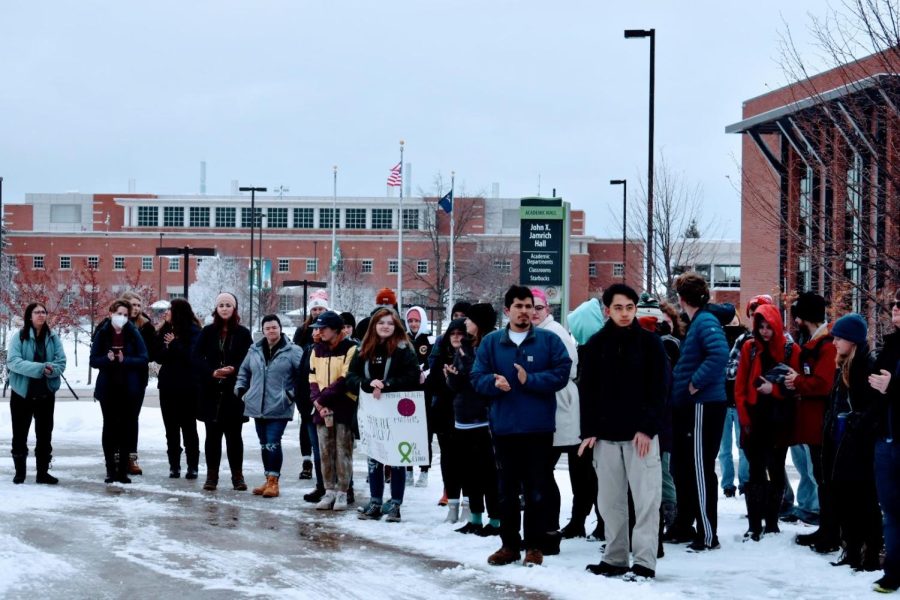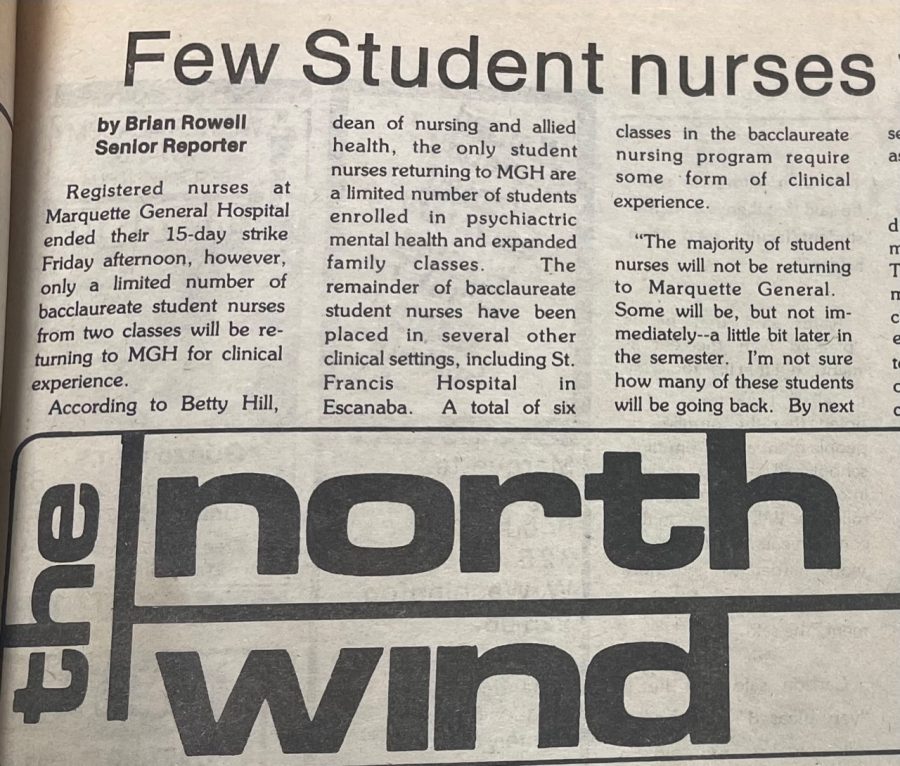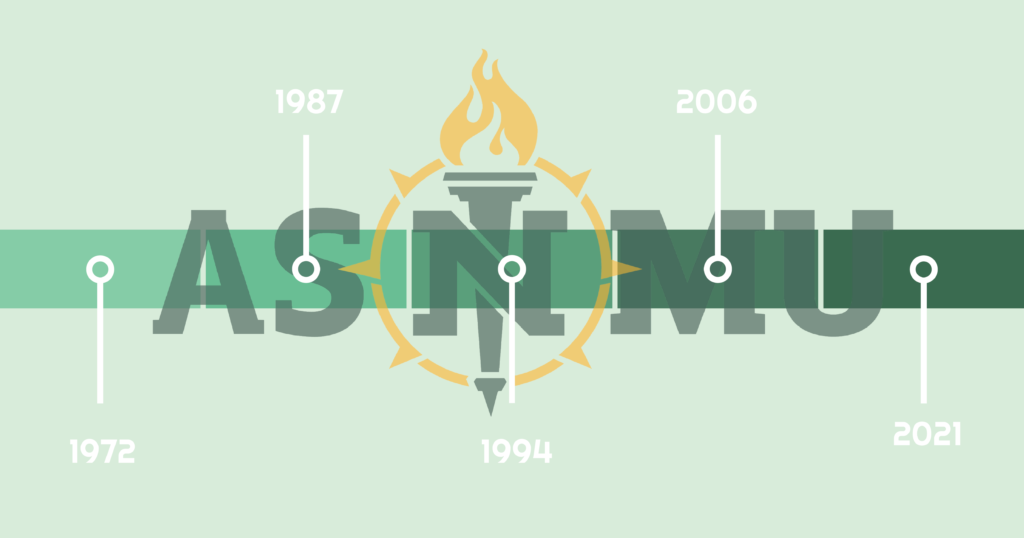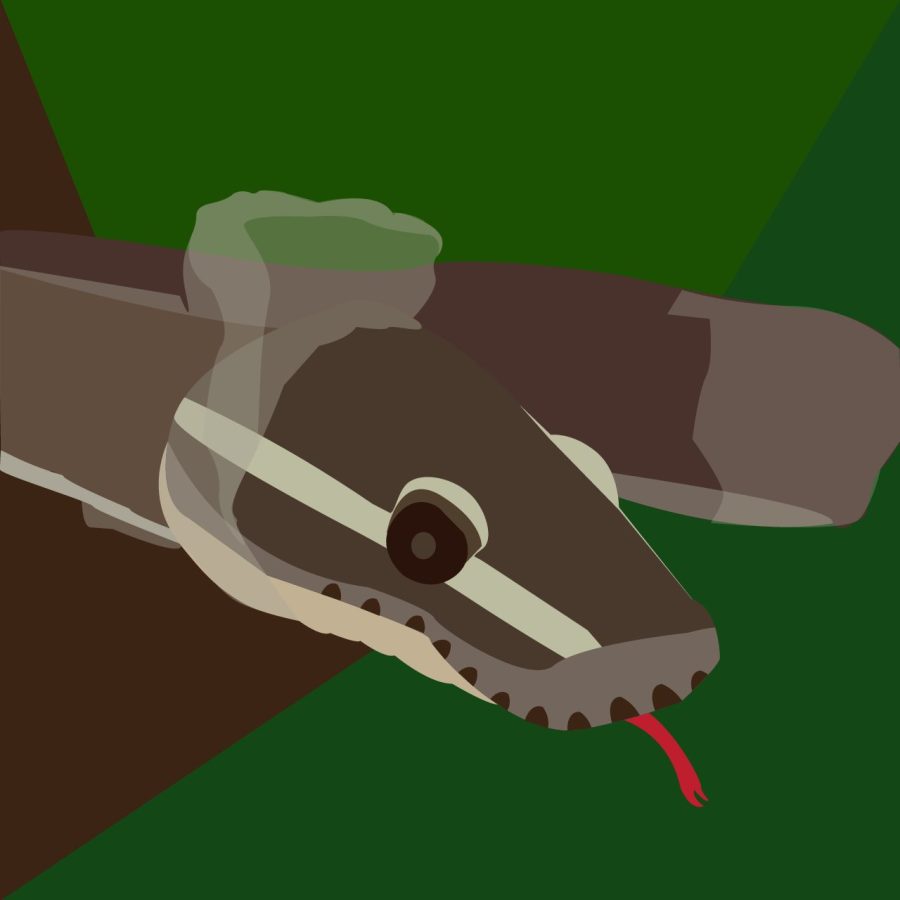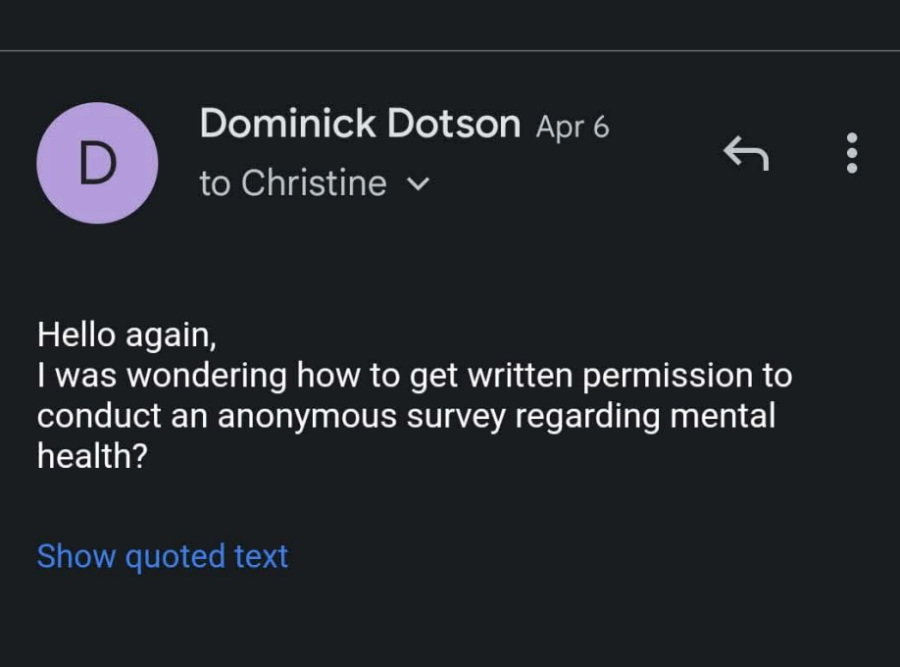A recent grant from Michigan’s Native American Heritage Fund (NAHF) gave NMU’s Center for Native American Studies (CNAS) almost $135,000 to help build a variety of different programs of study.
CNAS has been working continuously to advance opportunities for students to learn and experience all the different aspects of native culture, but one main focus is the Anishinaabe Language Project. This involves undergraduate programs structured to help Native American studies students learn the Anishinaabe language.
Native American studies assistant professor Jud Sojourn said he sees this grant as a step to help students add to the different skills they have developed their Native American Studies classes.
“We’ve had a group of students who got to a place where they felt like there wasn’t support to go further,” Sojourn said. “This allows us to say, ‘We’ve covered the foundation. What about the depth?’”
NAHF focuses on giving resources to improve curriculums that show Michigan’s native history and strengthen the relationships between communities and the federally recognized tribes in Michigan, according to the NAHF website.
The three recognized tribes in Michigan are Ojibwe, Odawa and Patawatomi. These are otherwise referred to as the Three Fires Council. Elder members of these tribes are part of the decision-making process for what projects receive grant money, Sojourn explained. Ojibwe is based out of the U.P. area, which is known as the spirit fire. Potowatomi is the central fire, covering most of Central Michigan. Then there is Odawa near Lake Huron, known historically for trade.
With such deep roots binding together the Fire Council, Sojourn said that the actions of NAHF show that their values are still the same over centuries.
“When you talk about trade, there’s a gift, a physical object. But really what is being talked about is an exchange of spiritual connection,” Sojourn said. “We must continue to keep those three fires together.”
The impact on NMU students, native and non-native alike, is something that sophomore Native American studies major and Native American Student Association President Bazile Panek said he believes this will spark others to want to learn more about Anishinaabe.
“This is a language central to the Great Lakes region. It’s almost a missing language that not very many people speak,” Panek said. “To have the opportunity to revitalize the language here at NMU is pretty special to me, and I think it’ll be special to the students who benefit from this grant.”
To see such a recognition of Anishinaabe culture come from outside the university, in the form of the NAHF grant, gives Panek a sense of pride in the building progress to bring exposure to Native American studies.
“It makes me proud to see that CNAS and NAHF are recognizing the importance of the revitalization of this indigenous language,” Panek said. “It makes me proud as a Native American studies student as well as a Anishinaabe person to know that there are efforts there.”
Learning another language is something that Sojourn views as much more in-depth and impactful than most people might expect at first glance.
“If someone really internalizes [the language], it changes one’s perspective. It really changes the experience,” Sojourn said.























